Gregor Henze
CityLearn: Standardizing Research in Multi-Agent Reinforcement Learning for Demand Response and Urban Energy Management
Dec 18, 2020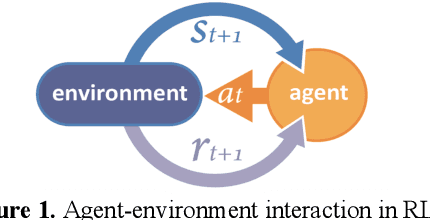
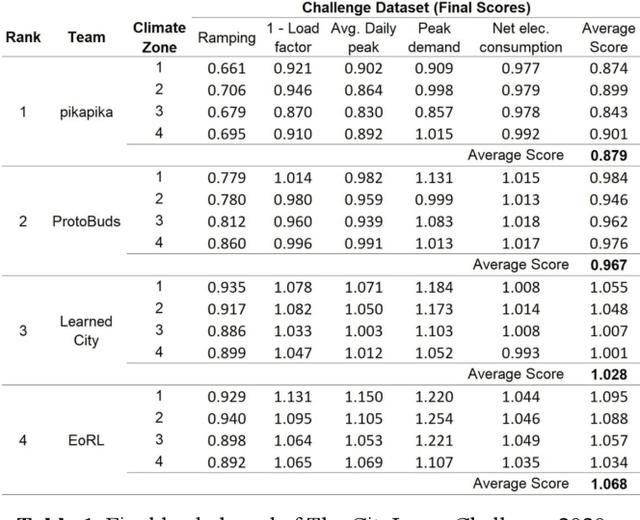
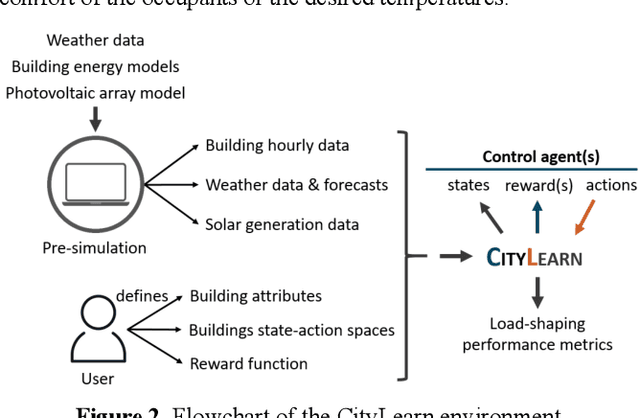
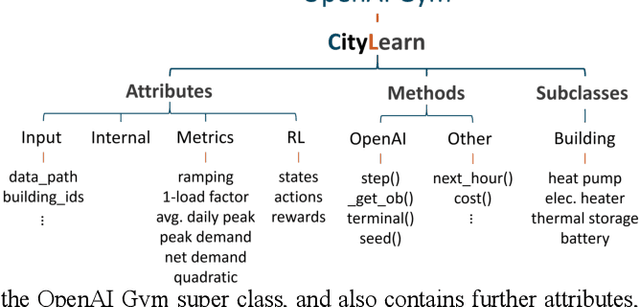
Abstract:Rapid urbanization, increasing integration of distributed renewable energy resources, energy storage, and electric vehicles introduce new challenges for the power grid. In the US, buildings represent about 70% of the total electricity demand and demand response has the potential for reducing peaks of electricity by about 20%. Unlocking this potential requires control systems that operate on distributed systems, ideally data-driven and model-free. For this, reinforcement learning (RL) algorithms have gained increased interest in the past years. However, research in RL for demand response has been lacking the level of standardization that propelled the enormous progress in RL research in the computer science community. To remedy this, we created CityLearn, an OpenAI Gym Environment which allows researchers to implement, share, replicate, and compare their implementations of RL for demand response. Here, we discuss this environment and The CityLearn Challenge, a RL competition we organized to propel further progress in this field.
Energy Prediction using Spatiotemporal Pattern Networks
Feb 03, 2017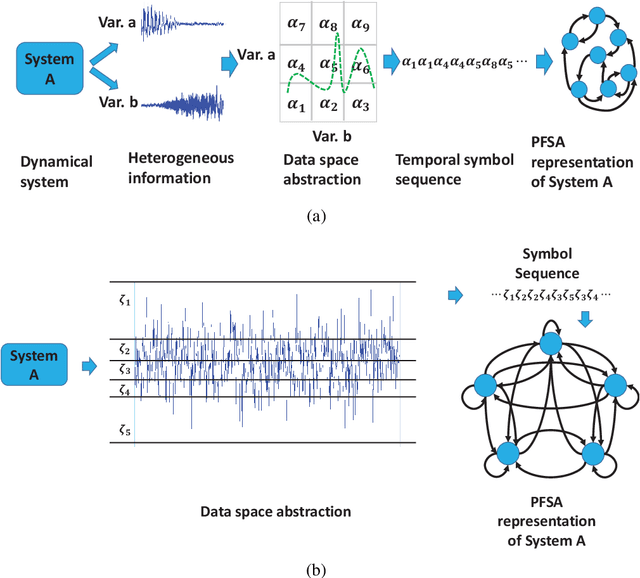

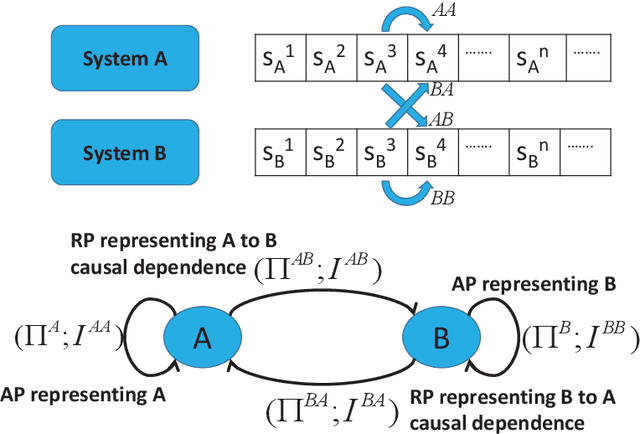
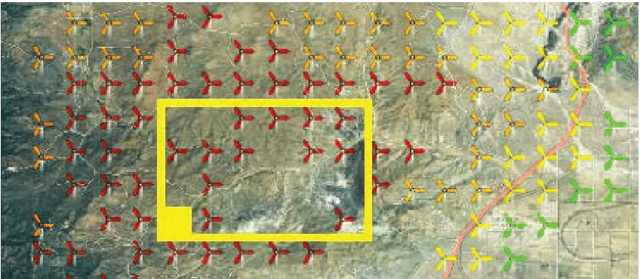
Abstract:This paper presents a novel data-driven technique based on the spatiotemporal pattern network (STPN) for energy/power prediction for complex dynamical systems. Built on symbolic dynamic filtering, the STPN framework is used to capture not only the individual system characteristics but also the pair-wise causal dependencies among different sub-systems. For quantifying the causal dependency, a mutual information based metric is presented. An energy prediction approach is subsequently proposed based on the STPN framework. For validating the proposed scheme, two case studies are presented, one involving wind turbine power prediction (supply side energy) using the Western Wind Integration data set generated by the National Renewable Energy Laboratory (NREL) for identifying the spatiotemporal characteristics, and the other, residential electric energy disaggregation (demand side energy) using the Building America 2010 data set from NREL for exploring the temporal features. In the energy disaggregation context, convex programming techniques beyond the STPN framework are developed and applied to achieve improved disaggregation performance.
 Add to Chrome
Add to Chrome Add to Firefox
Add to Firefox Add to Edge
Add to Edge